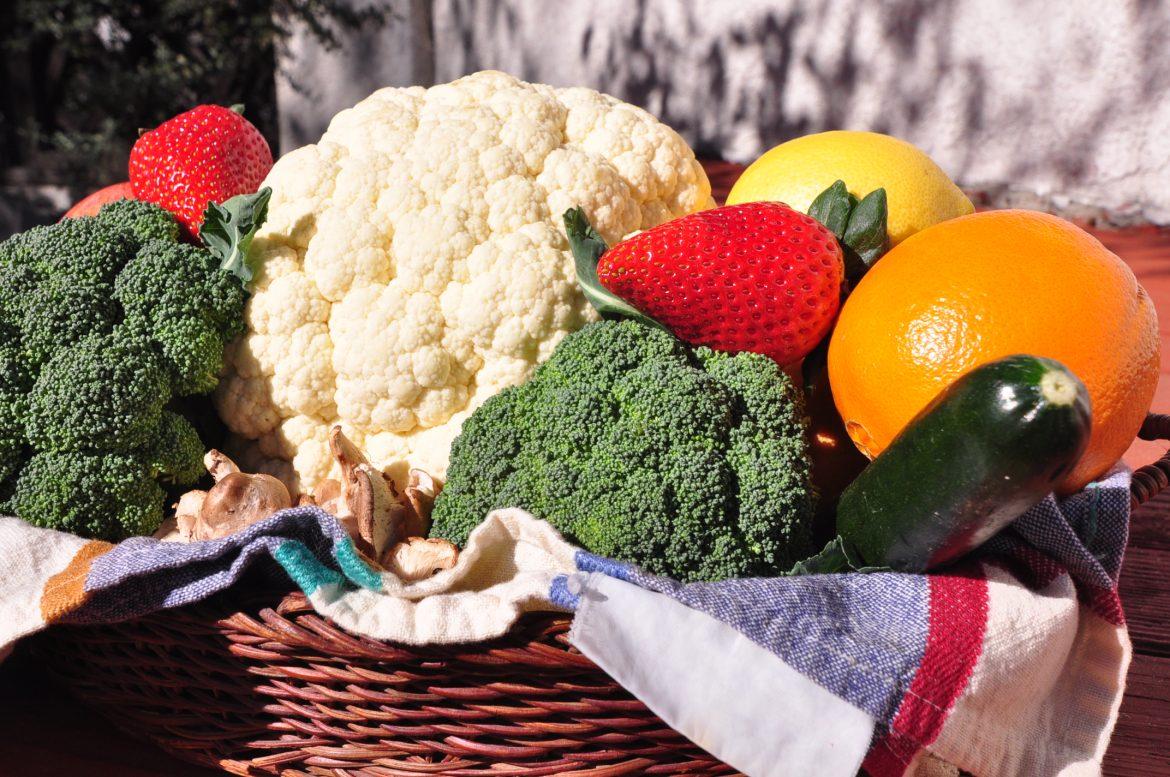As a nutrition student, I am commonly asked, “What is the worst thing you can eat?” I like to turn that question on its head and tell people about the best food they can eat. Vegetables top my list because hardly any of us eat enough of them—including me.
Whether it is taste, cost, access or laziness, Americans don’t eat enough veggies. According to the United States Department of Agriculture, we should consume two to three cups a day of raw or cooked vegetables. Some nights I reflect on the food I ate that day and realize there was not a single representative from the vegetable food group. How is that possible?
Think about your diet. If you ate vegetables today, was it because you included lettuce on your subway sandwich or had a side of french fries with your burger? If so, you’re not alone. The Centers for Disease Control and Prevention reported in 2013 that on average, Americans consume vegetables only one and a half times each day.
The benefits of a diet rich in fruits and vegetables are undeniable. Just this week the Journal of the American Medical Association published an investigation that reviewed 258 previous studies and concluded that a vegetarian diet is strongly associated with lower blood pressure, and therefore a decreased risk for cardiovascular disease. Studies abound that describe vegetables’ disease-fighting properties. Vegetables provide fiber, essential vitamins and minerals, and are an important source of beneficial phytochemicals. The more colorful your vegetables, the more varied your nutrient intake, which is why the perfect salad includes every color of the rainbow.
So how can you increase your consumption? First of all, let’s define a serving of vegetables. Here are some examples of what “one cup” looks like: 12 baby carrots, a sweet potato, an ear of corn, two stalks of celery, two cups of raw spinach (one cup of cooked) or a bell pepper.
Now, here are some tips for including vegetables in every meal:
- Vegetables are great for eating on the go. Munch on baby carrots or slices of red bell peppers as you walk to class (and for a more filling snack, include a handful of almonds).
- Frozen and canned vegetables count! And so do baked veggies (check out this easy recipe for kale chips).
- Add veggies to omelets, sauces and casseroles.
- Ask for extra veggies on your sandwich or burger.
- Add veggies to your fruit smoothie (I guarantee you won’t notice a big difference in taste).
- Scan the supermarket circulars for weekly sales and shop a farmer’s market near you.
Campus Resources
Want to know where to get your fresh veggies on campus? Here’s a helpful handout highlighting campus eateries published by the Klotz Student Health Center.
The Marilyn Magaram Center on campus has partnered with Underwood Family Farms in Moorpark and boxes of fresh produce are delivered every Tuesday for pick up behind the Matador Bookstore. This Community Supported Agriculture Program is available to all students, staff and faculty. Split the cost of a small weekly box with a friend for less than the price of a movie ticket.
Did you know CSUN has a campus food garden? The garden is located immediately north of the softball field between Lindley and Zelzah Avenues. If you want to learn more, contact the 2013-2014 Food Garden Working Group chair, Dr. Mario Giraldo, an assistant professor in the geography department.





